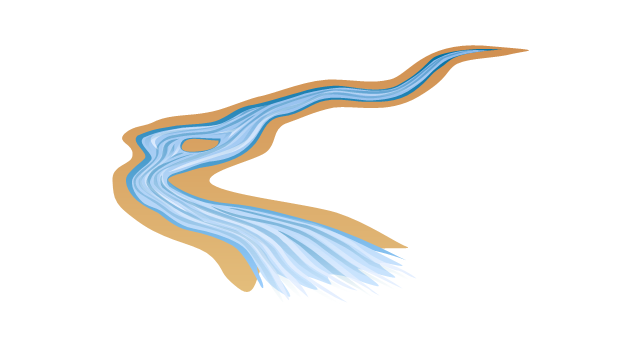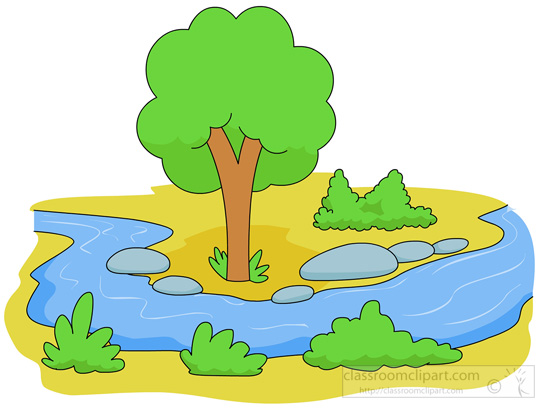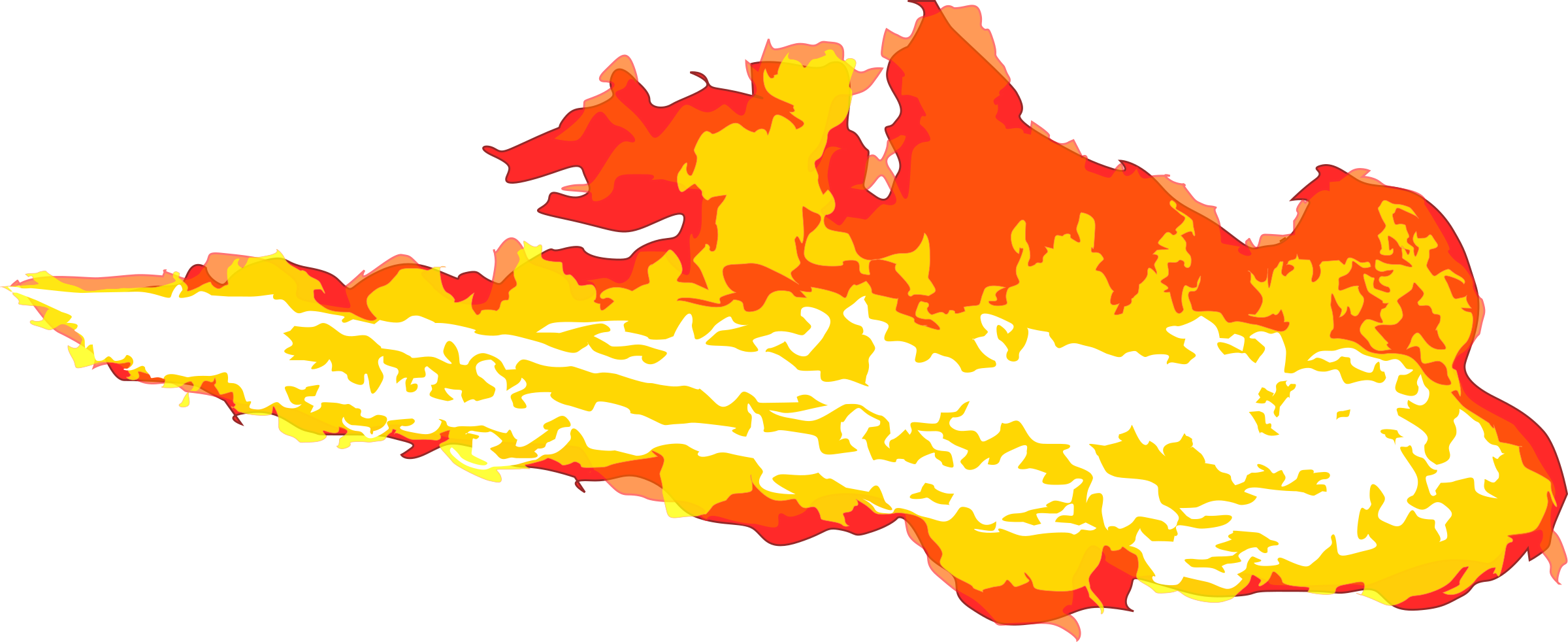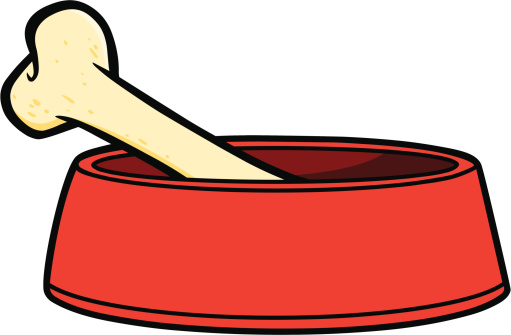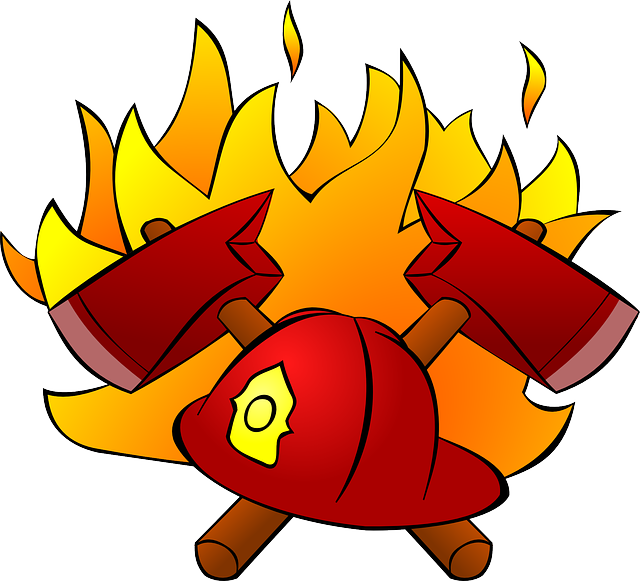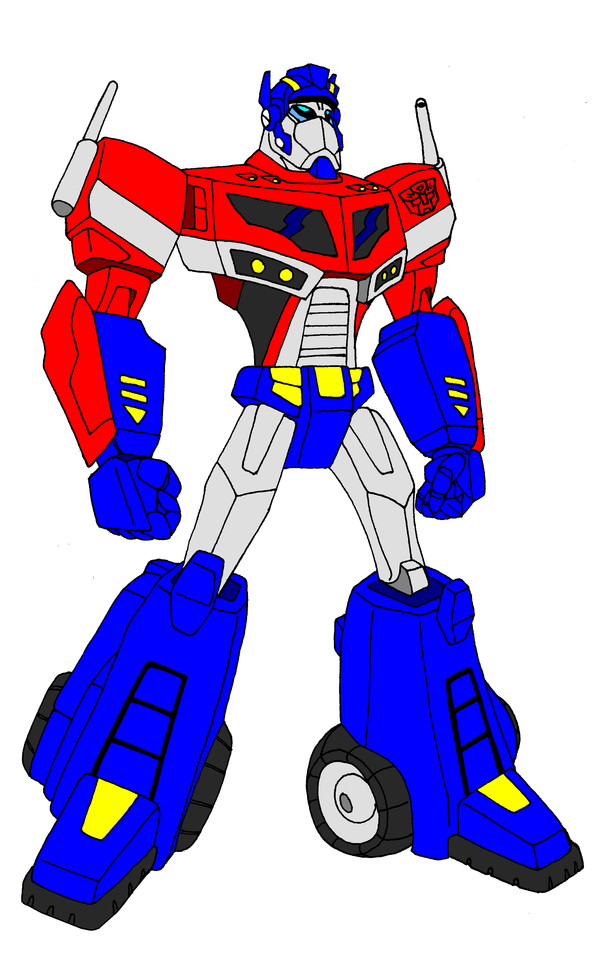Stream Clipart
Stream is a popular technology that enables real-time communication between different devices, applications, and services over the internet. The concept of stream is simple yet powerful, allowing developers to build scalable and efficient solutions for a wide range of use cases, including chat, social media, gaming, live streaming, and more.
At its core, stream is a protocol that provides a continuous flow of data between two or more endpoints. The data can be anything from text, images, audio, video, or binary data, and the endpoints can be any device or service that is connected to the internet and supports stream.
To establish a stream connection, two endpoints need to exchange a series of messages that determine the parameters of the connection, such as the type of data to be exchanged, the protocol version, the encoding format, and the encryption method. Once the connection is established, the endpoints can start sending and receiving data in a bidirectional way, which means that each endpoint can act as both a sender and a receiver.
One of the benefits of using stream is that it is optimized for low-latency and high-throughput scenarios, which means that it can handle large amounts of data in real-time without causing delays or buffering issues. This is achieved by using efficient data compression algorithms, minimizing the number of network hops, and reducing the overhead of message exchange.
Another advantage of using stream is that it is robust and fault-tolerant, meaning that it can handle network failures, interrupts, and errors in a graceful way without losing data or corrupting the connection. This is enabled by using reliable delivery mechanisms, such as acknowledgments, retransmissions, and timeouts, that ensure that data is delivered in the right order and without duplication.
Stream also offers flexibility in terms of application design and deployment. For example, it can be used in a centralized or decentralized architecture, depending on the requirements of the application. In a centralized architecture, there is a dedicated server that manages the stream connection and mediates the data exchange between endpoints. In a decentralized architecture, each endpoint can act as a node in a peer-to-peer network, allowing data to be exchanged directly between nodes.
Some of the popular use cases for stream include:
– Chat and messaging apps that enable real-time conversation between users.
– Live streaming services that allow users to watch and interact with live events.
– Multiplayer gaming that requires fast and reliable communication between players.
– Social media platforms that facilitate the sharing of photos, videos, and other content.
– Internet of Things (IoT) applications that collect and transmit data from sensors and devices.
Stream is a powerful and flexible technology that enables real-time communication between different endpoints over the internet. With its low-latency, high-throughput, and fault-tolerant features, stream has become a popular choice for developers who want to build scalable and efficient solutions for a wide range of use cases. Whether you are building a chat app, a live streaming service, or an IoT application, stream is a technology that you should consider using in your project.
20 Stream Clipart vector / images. Browse the popular clipart of stream and get Stream Clipart for your personal use. Please share these Stream Clipart to your friends if it is useful.





